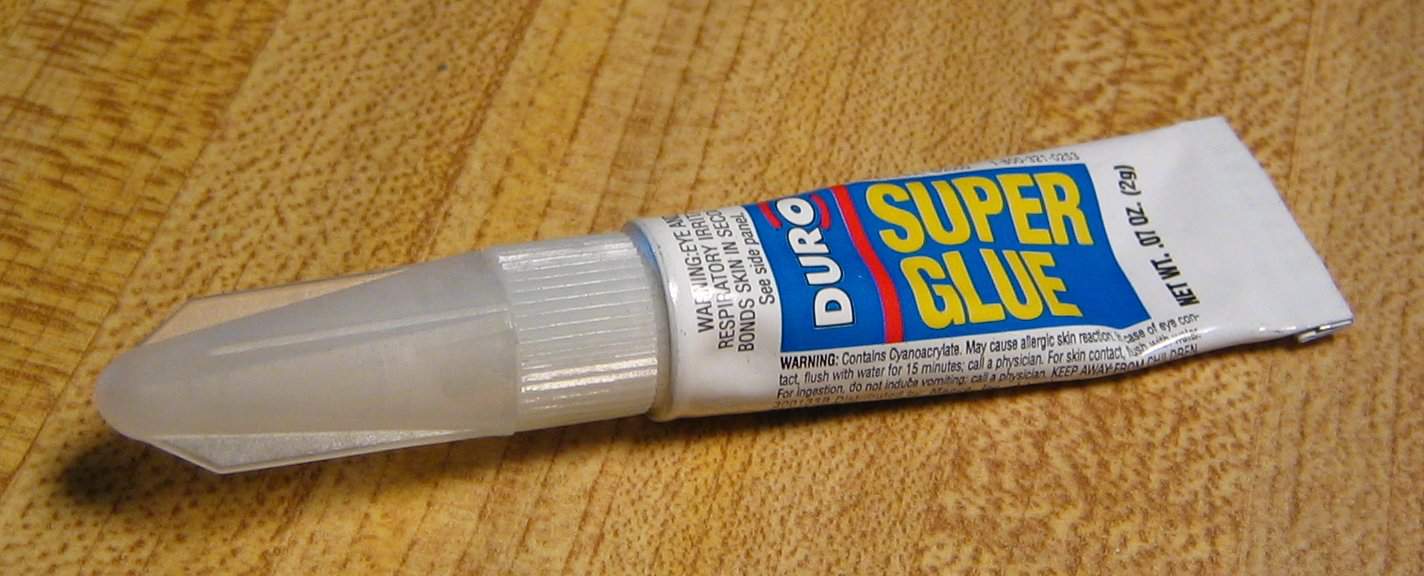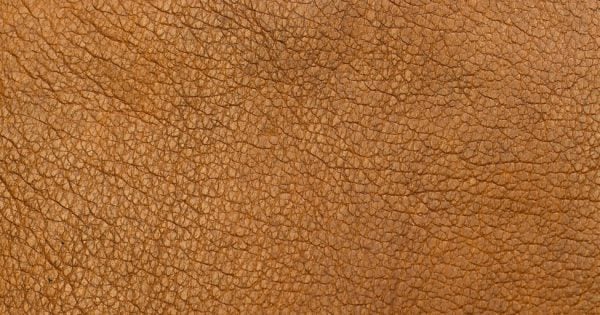Acetaldehyde systematic name ethanal is an organic chemical compound with the formula ch 3 cho sometimes abbreviated by chemists as mecho me methyl it is one of the most important aldehydes occurring widely in nature and being produced on a large scale in industry acetaldehyde occurs naturally in coffee bread and ripe fruit and is produced by plants.
Vinyl fake skin lesions.
Skin lesions can be inherited or caused by inflammation injury or disease.
It can result from allergic reactions fungal infections or conditions.
The skin lesions of ccle most commonly present as discoid lupus erythematosus.
The majority of skin lesions are benign but when a new lesion or mark appears on our skin it can be difficult to tell whether it is dangerous.
Malignant lesions of the skin are common.
They begin as scaly erythematous patches that are frequently distributed on sun exposed skin especially in the head and neck areas.
Black eschars are collections of dead skin that can arise from infarction which may be caused by infection eg anthrax angioinvasive fungi including rhizopus meningococcemia calciphylaxis arterial insufficiency or vasculitis.
If you have any suspicions about a mark mole or lesion you should ask your doctor to check it.
A skin lesion is a part of the skin that has an abnormal appearance compared to the skin around it.
It s like having lifelong sunburn where you can pull up a sheet of the top layer of skin.
Many lesions are.
Black skin lesions may be melanocytic including nevi and melanoma.
Scaling skin or scaly skin occurs when the outer layer of your skin peels away in large pieces that resemble fish scales.
Raised smooth and firm to touch skin coloured visual guide click here common.
Benign melanocytic naevus common mole single to many.
These conditions include moles freckles skin tags benign lentigines and seborrheic keratoses.
Basal cell carcinoma grow slowly can bleed or crust intermittently usually.
Molluscum contagiosum mainly children multiple grouped lesions 2 5 mm in diameter pearly with an umbilicated centre as lesions resolve they become inflamed and crusty.
Nevertheless it is useful to know how the common skin lesions look like to be able to recognise them.
Patients with ccle usually have few or no systemic signs or symptoms with lesions being limited to skin or mucosal surfaces.
Patients who develop squamous cell carcinoma and malignant melanoma often have recognizable precursor conditions.












































